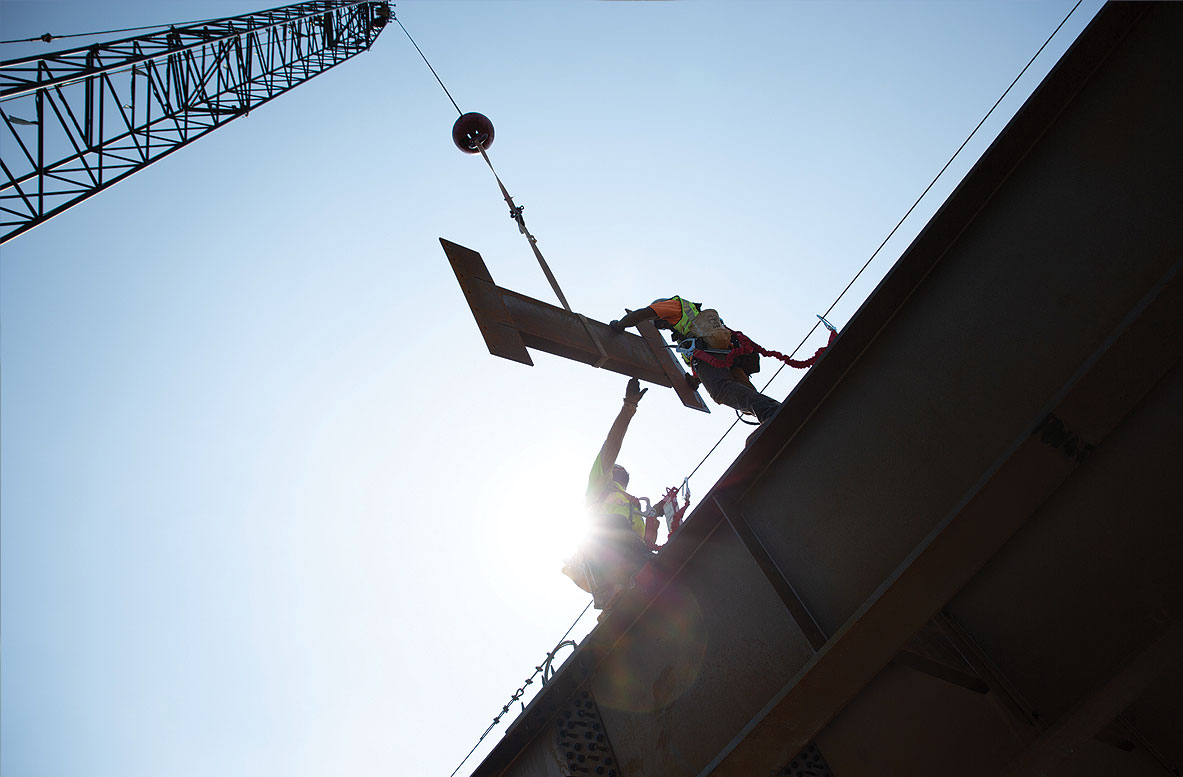Strengths and Weaknesses
Each March, salaried employees are given their annual performance review. As part of the process, we ask them to list three strengths and three opportunities for improvement in the company. There is a lot of good information in the answers and it helps us capitalize on the strengths and shore up our weaknesses. It is probably only fair that I answer the same questions, so here it goes:
First, a word on strengths. I look at our strengths as something that is unique to us. Our tools, equipment, and even financial capabilities are strengths, but these could be replicated by many of our competitors. Our strengths can’t be purchased and to really be differentiators, they are probably developed over a long period of time.
Our first strength is our corporate culture that I define as Small Town, Big Company. We originated from a small town in Northwest Illinois. We developed a small-town attitude where we have great employees that work hard and are fair to do business with. Our employees follow this same mindset to remote jobsites and multiple office locations and even our largest projects in big cities are managed this same way. Our competitors can’t say this.
The company’s second strength is that we are diversified. We rely on private money in part of our business and public money in another part. The availability of both public money and private money goes through cycles and many times they are counter-cyclical meaning that when one is up the other is down. If you were to focus on any one segment, the results would be inconsistent and many times this variability is due to low demand for our services in a certain market. When you put all of our markets together and primarily look at public and private money, our results are much more consistent and impressive.
Third, we take appropriate risks. We know contractors that are doing the same revenue with the same people that they did 30 years ago. We also know of contractors that took on projects that involved too much risk and ruined the company. I believe we have taken on the appropriate amount of risk and that has been one of the company’s strengths. As I said in our first strength above, we started small. As we grew, we had to get outside of our comfort zone and take on some risk. There were times when the level of risk seemed like it was too much. There were other times when we didn’t have much work and we wished we had taken on more risk and entered new markets. Overall, the risk level has been appropriate and we expect this risk tolerance to continue to be a strength going forward.
As far as our opportunities for improvement, the first is that we are not as diversified from an individual employee standpoint as I would like to be. Most people are very specialized in 1-2 areas, but are not so deep that they can manage multiple disciplines. In the past, this problem was not as severe, but I think the technical demands of our projects have necessitated this specialization. The concern is that as projects become more specialized, each of us needs to develop multiple specialties so that we have more options available for each new project.
Second, we are not sharing our technical knowledge as well as we could be. We have a lot of technical knowledge among employees, but the two main ways we have to learn these skills are to be on a project with an expert or to learn the skills from scratch. We need to have a systemized process to share this technical knowledge and we have only had limited success with the knowledge-sharing methods we have tried in the past.
Third, we don’t consistently get earned budget data to the field. On our best jobs we get cost information to the field, but costs are just that – a record of what we have spent. Very rarely do we know how much quantity we have earned on a regular basis so that we can understand our unit cost for each activity. Whether we are doing lump sum work or unit price work, we should be using quantities, or at least percentages of the work, to track our progress. Without tracking earned budget, we develop the mentality of, “We’re just doing the best we can do,” and unfortunately, the best a person can do may not be good enough.
I don’t think any of these opportunities for improvement are unique to only our company, but we should be disciplined enough to make these improvements. One of the reasons we list strengths and weaknesses in our performance reviews is that over time, we want to make sure we are working on improving the weaknesses. Without this self-awareness of our weaknesses, both individually and as a company, we will have the same list in the future that we have today. By continuing the discussion of our strengths and weaknesses, we can capitalize on the strengths and improve on the weaknesses.

